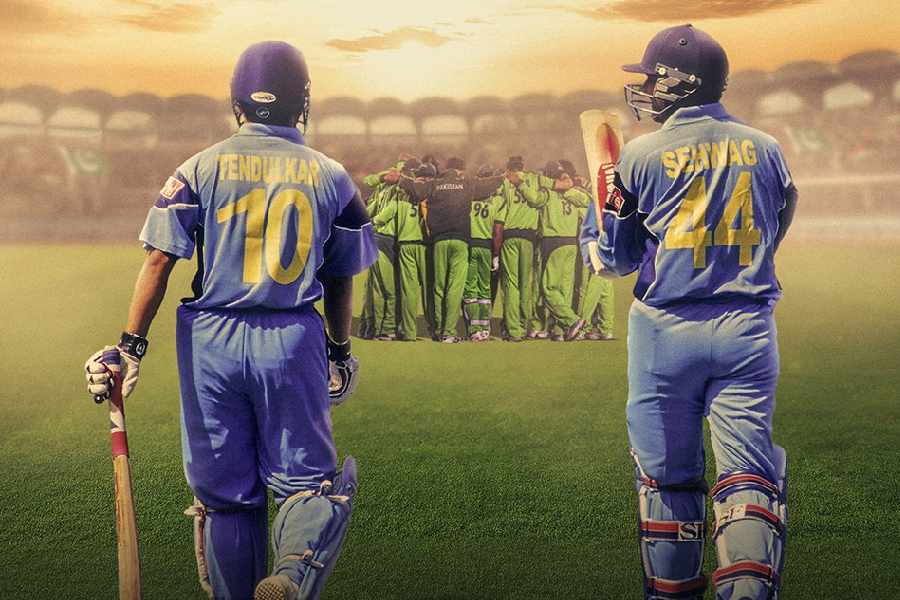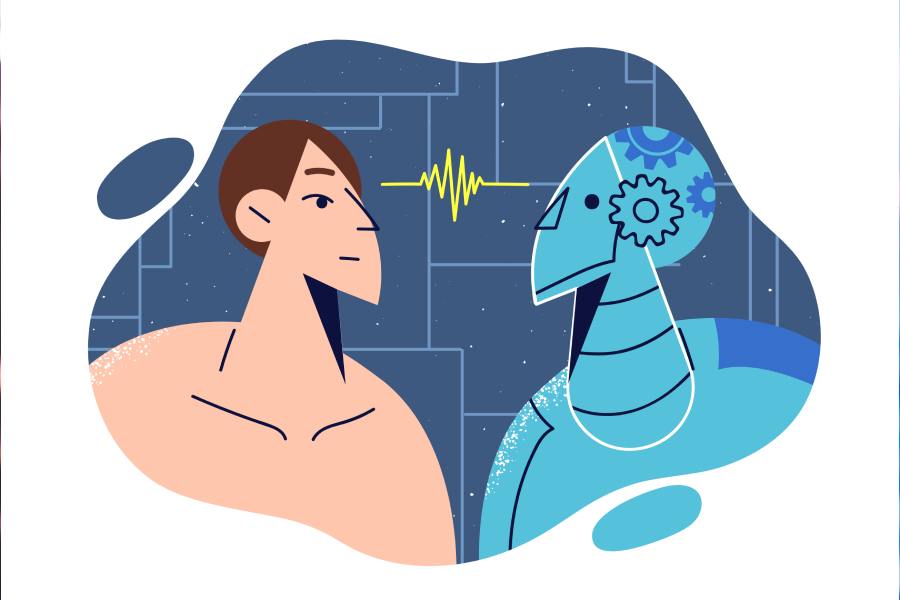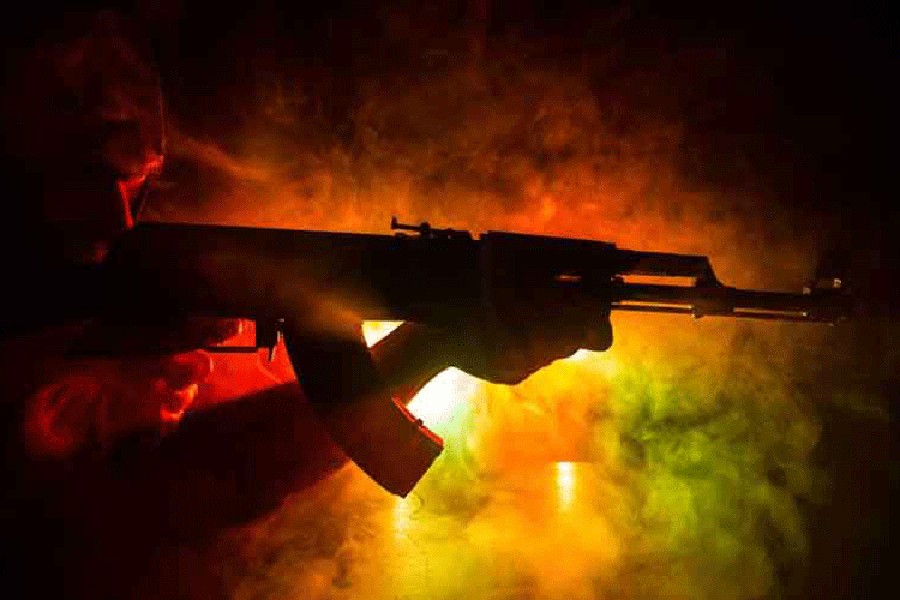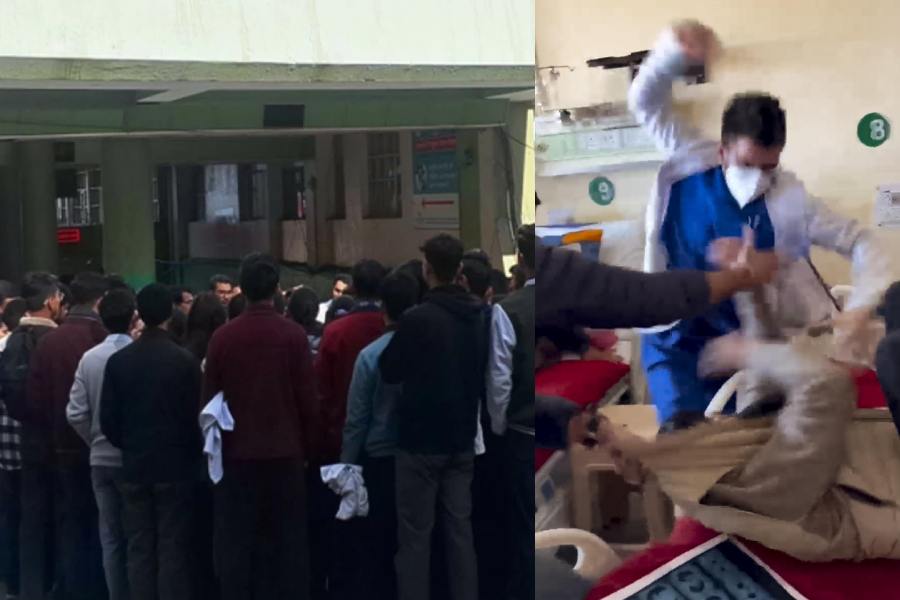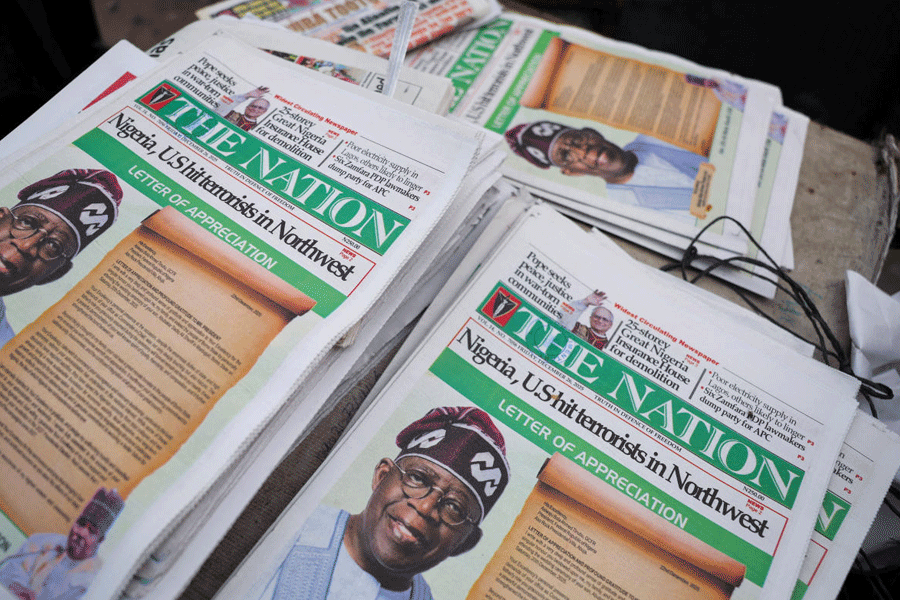It was Imran Khan who had persuaded Sunil Gavaskar to start wearing a skull cap while facing fast bowlers. Without the influence of Saqlain Mushtaq and his doosra, Harbhajan Singh may never have played Test cricket for India. Once when batting against Pakistan, Virender Sehwag had got bored and requested Inzamam-ul-Haq to bring the fielder at long-on into the 30-yard circle, so that he could hit a six. Inzamam had obliged, leading Sehwag to smash a six off the very next ball, before Inzamam put the fielder back near the rope. The rest of the Pakistan team were understandably baffled.
These are just some of the nuggets that characterise the camaraderie between Indian and Pakistani cricketers, many of whom have been the protagonists in cricket’s most politically charged rivalry. All these stories are recollected at length by some of the game’s most famous names on YouTube interviews and shorts. But none of them find their way into Netflix’s The Greatest Rivalry: India vs Pakistan, which, like so many sports documentaries of the day, are designed to tell viewers what they already know.
Sehwag bats for India, Akhtar charges in for Pakistan
The India-Pakistan cricketing rivalry stretches back seven decades, and no three-part series, with a runtime of 110 minutes, can do justice to such a vast stretch of history. The Greatest Rivalry, co-directed by Chandradev Bhagat and Stewart Sugg, pragmatically truncates its ambition to cover just three decades — from the ’90s to the present day. However, the disproportionate focus is on two tours — Pakistan’s return to India in 1999 and India’s visit to Pakistan in 2004. This means that the lionshare of iconic moments from Indo-Pak men’s cricket this century — Sachin Tendulkar’s tornado of a knock at Centurion in 2003, the twin nail-biters at the 2007 ICC World T20, the high-voltage World Cup semi-final in Mohali in 2011, Virat Kohli’s miracle in Melbourne in 2022 — all go missing. As do most of the faces — there are no interviews with Tendulkar, Kohli, Rahul Dravid, Mahendra Singh Dhoni, Imran Khan, Wasim Akram, Misbah-ul-Haq or Babar Azam. For India, most of the talking is done by Sehwag, with Ganguly filling in the gaps. Ravichandran Ashwin and Shikhar Dhawan are given cameo roles that could have been performed by crisp captions. Gavaskar is utilised mostly during transitions, something he should have called out as “stupid” in his trademark manner. In fact, more Indian cricketing heavyweights were more involved at the Ambani wedding. As for Pakistan, Akhtar takes the lead, with Inzamam, Waqar Younis and Ramiz Raja content to chip in as the supporting cast.
In terms of the storytelling approach, the narration largely switches between Sehwag and Akhtar, both of whom also get unnecessary re-enactments meant to underline the poignancy of their personal journeys. Akhtar, who prefers to speak almost entirely in English, provides one of the most watchable parts of the documentary when he reminiscences about dismissing Dravid and Tendulkar with consecutive yorkers at the Eden Gardens: “It was 100,000 people chanting one name [‘Sachin, Sachin’]...Ten seconds later, there was only one guy shouting. That was me.” Unsurprisingly, Akhtar takes command whenever he appears, with a mixture of candour and pride. He is not averse to self-deprecation, either, as when joking about how Lakshmipathy Balaji would blindly tonk him for sixes!
On the other chair, Sehwag, in Hindi, is far less gripping, sometimes giving the feeling that he is walking on eggshells with his words. The sight of Sehwag on a palanquin (another mawkish re-enactment) seems odder than him leaving balls outside the off-stump.
The Greatest Rivalry may have felt riveting 20 years ago
Netflix misses several free hits even with the cast it has managed to assemble. Sehwag is never probed about his jingoistic comments against Pakistan, Akhtar has nothing to say about being dropped from the Mohali semi-final, Ganguly and Inzamam barely talk about each other, and Gavaskar never utters the names of any of his contemporaries. Each episode spends a considerable amount of time providing the geopolitical context between India and Pakistan (mostly through journalists as talking heads), from the multiple attempts at rapprochement to the seemingly permanent deadlock that has been a direct legacy of the 26/11 attacks in Mumbai. But, of course, no politician is asked any questions and nor are any BCCI officials.
As a former chairperson of the Pakistan Cricket Board (PCB), Raja is not made to deal with any administrative thorns beyond the anecdote of teargassing fans when they stormed through the stadium gates in Karachi. As a result, The Greatest Rivalry feels insipid and incomplete, mostly chugging along like a Test match destined for a draw.
Twenty years ago, a documentary in the mould of The Greatest Rivalry may have felt riveting. Today, when a majority of the athletes are social media celebrities and the likes of Prime Video have mastered the art of getting inside the dressing rooms of the biggest sports teams, The Greatest Rivalry comes across as undercooked, overdosing on nostalgia. Every 10 minutes, it tries to raise the stakes of cricket diplomacy, in a bid to play up a rivalry that has long been trumped by India-Australia in terms of on-field intensity. With little to no interest in the future of India-Pakistan cricket, the documentary is only eye-opening for those who still believe cricket to be the more tedious cousin of baseball. For the rest, it is wistful at best, a reminder that India-Pakistan cricket tours were cherished by both sides, that bat and ball could fight the good fight. But only for so long.

